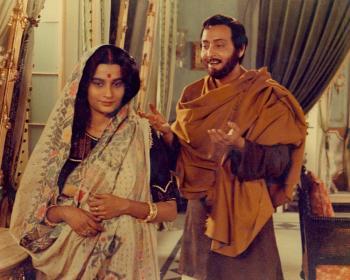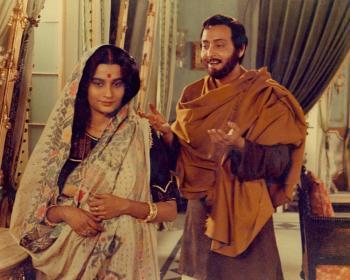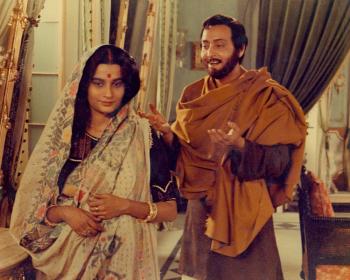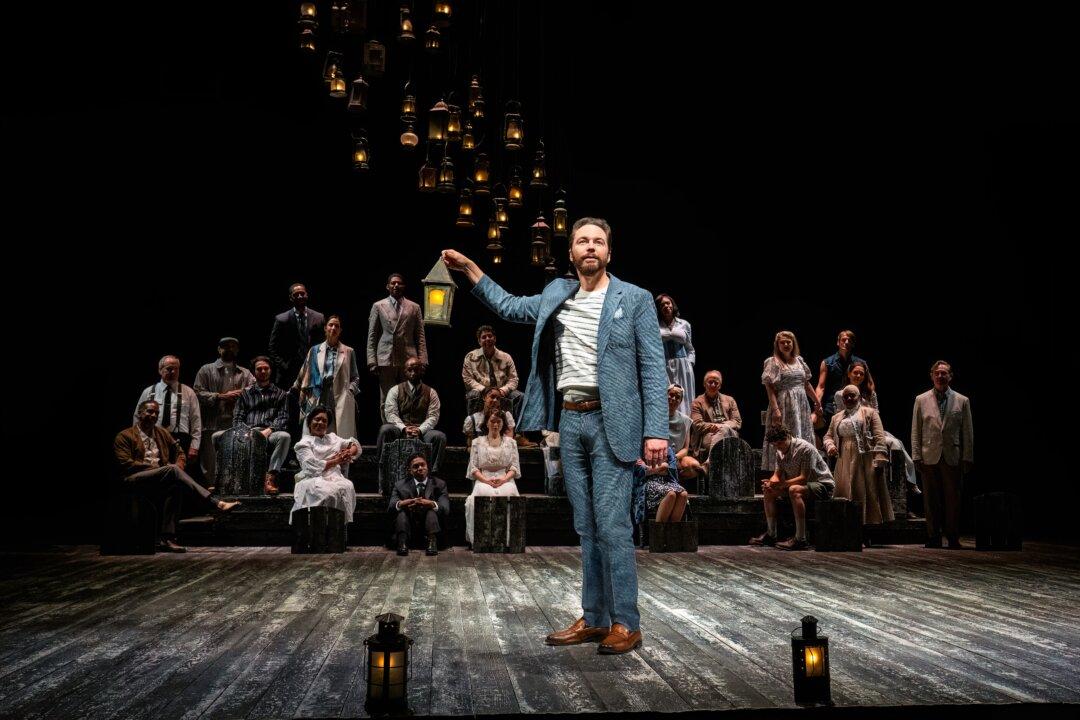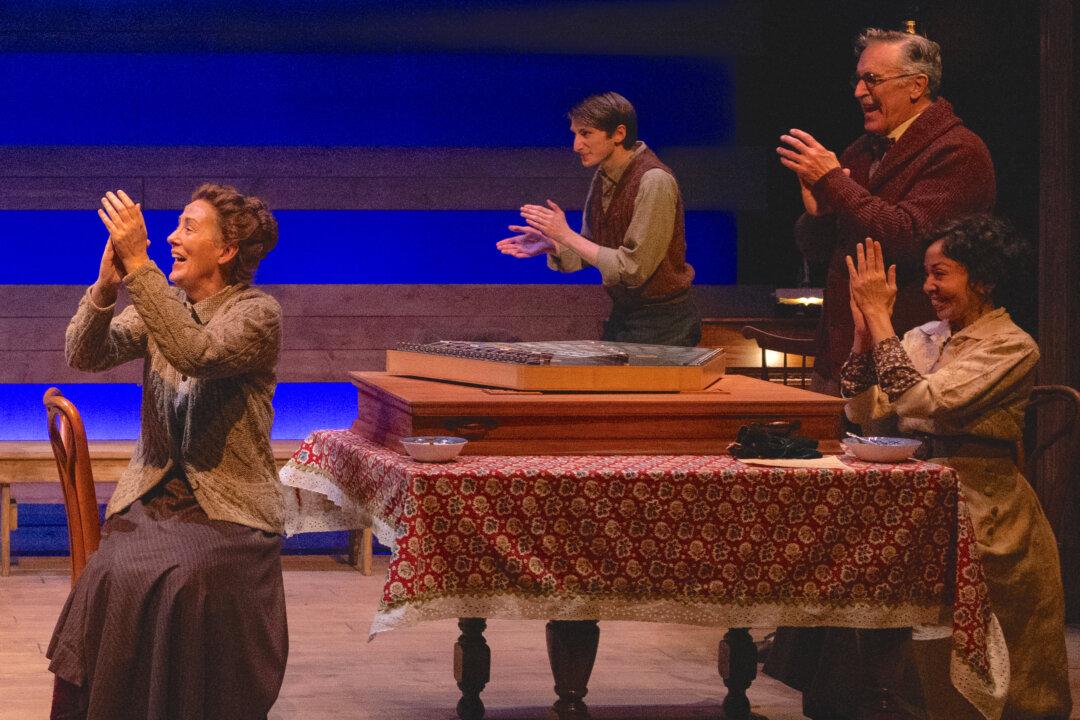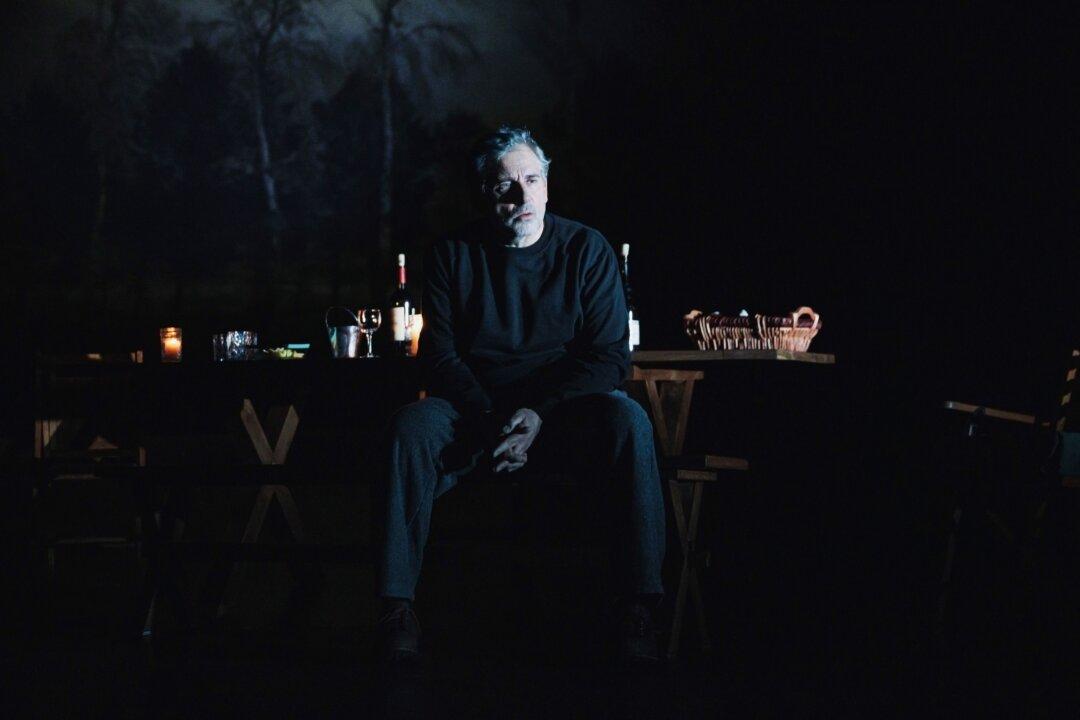Noted for his brilliant powers of observation, Satyajit Ray is considered among the dozen or so great masters of world cinema, along with Federico Fellini, Ingmar Bergman, Jean Renoir, Yasujiro Ozu, and Akira Kurosawa.
From April 19 through 26, The Film Society of Lincoln Center in New York will honor the great Indian filmmaker with a series titled Long Shadows, which will feature screenings of 11 of his later films ranging from 1971 to 1991.
Ray first came on the international film scene in the 1950s with such offerings as Pather Panchali, The Apu Trilogy, and The Music Room. They established him as a major film director and won him prestigious awards. His later works are marked by a more contemplative mood, but like his entire body of work, display a rich humanism and sense of the universal.
In The Chess Players, two stories commingle—the takeover of India, in the 19th century by the British, set against a pair of old friends consumed by the game of chess. The interweaving of the two elements displays a rich tapestry of a changing culture. The final scene, showing the entry of the British and their goods carried by the camels and elephants of their conquered land, is both poignant and thought-provoking.
From April 19 through 26, The Film Society of Lincoln Center in New York will honor the great Indian filmmaker with a series titled Long Shadows, which will feature screenings of 11 of his later films ranging from 1971 to 1991.
Ray first came on the international film scene in the 1950s with such offerings as Pather Panchali, The Apu Trilogy, and The Music Room. They established him as a major film director and won him prestigious awards. His later works are marked by a more contemplative mood, but like his entire body of work, display a rich humanism and sense of the universal.
In The Chess Players, two stories commingle—the takeover of India, in the 19th century by the British, set against a pair of old friends consumed by the game of chess. The interweaving of the two elements displays a rich tapestry of a changing culture. The final scene, showing the entry of the British and their goods carried by the camels and elephants of their conquered land, is both poignant and thought-provoking.
